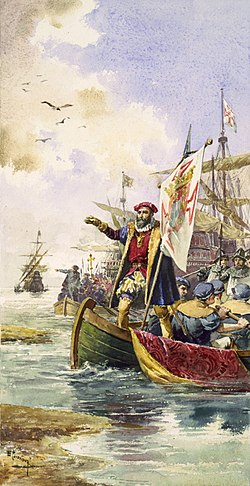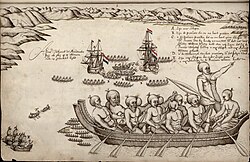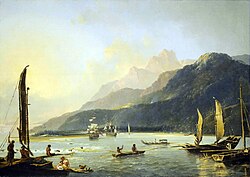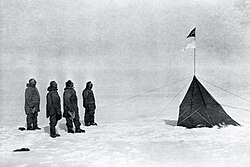
This timeline of European exploration lists major geographic discoveries and other firsts credited to or involving Europeans during the Age of Discovery and the following centuries, between the years AD 1418 and 1957.
Contents
- 15th century
- 16th century
- 17th century
- 18th century
- 19th century
- 20th century
- See also
- References
- Further reading
Despite several significant transoceanic and transcontinental explorations by European civilizations in the preceding centuries, the precise geography of the Earth outside of Europe was largely unknown to Europeans before the 15th century, when technological advances (especially in sea travel) as well as the rise of colonialism, mercantilism, and a host of other social, cultural, and economic changes made it possible to organize large-scale exploratory expeditions to uncharted parts of the globe.
The Age of Discovery arguably began in the early 15th century with the rounding of the feared Cape Bojador and Portuguese exploration of the west coast of Africa, while in the last decade of the century the Spanish sent expeditions far across the Atlantic, where the Americas would eventually be reached, and the Portuguese found a sea route to India. In the 16th century, various European states funded expeditions to the interior of both North and South America, as well as to their respective west and east coasts, north to California and Labrador and south to Chile and Tierra del Fuego. In the 17th century, Russian explorers conquered Siberia in search of sables, while the Dutch contributed greatly to the charting of Australia. The 18th century witnessed the first extensive explorations of the South Pacific and Oceania and the exploration of Alaska, while the 19th was dominated by exploration of the polar regions and excursions into the heart of Africa. By the early 20th century, the poles themselves had been reached.





























